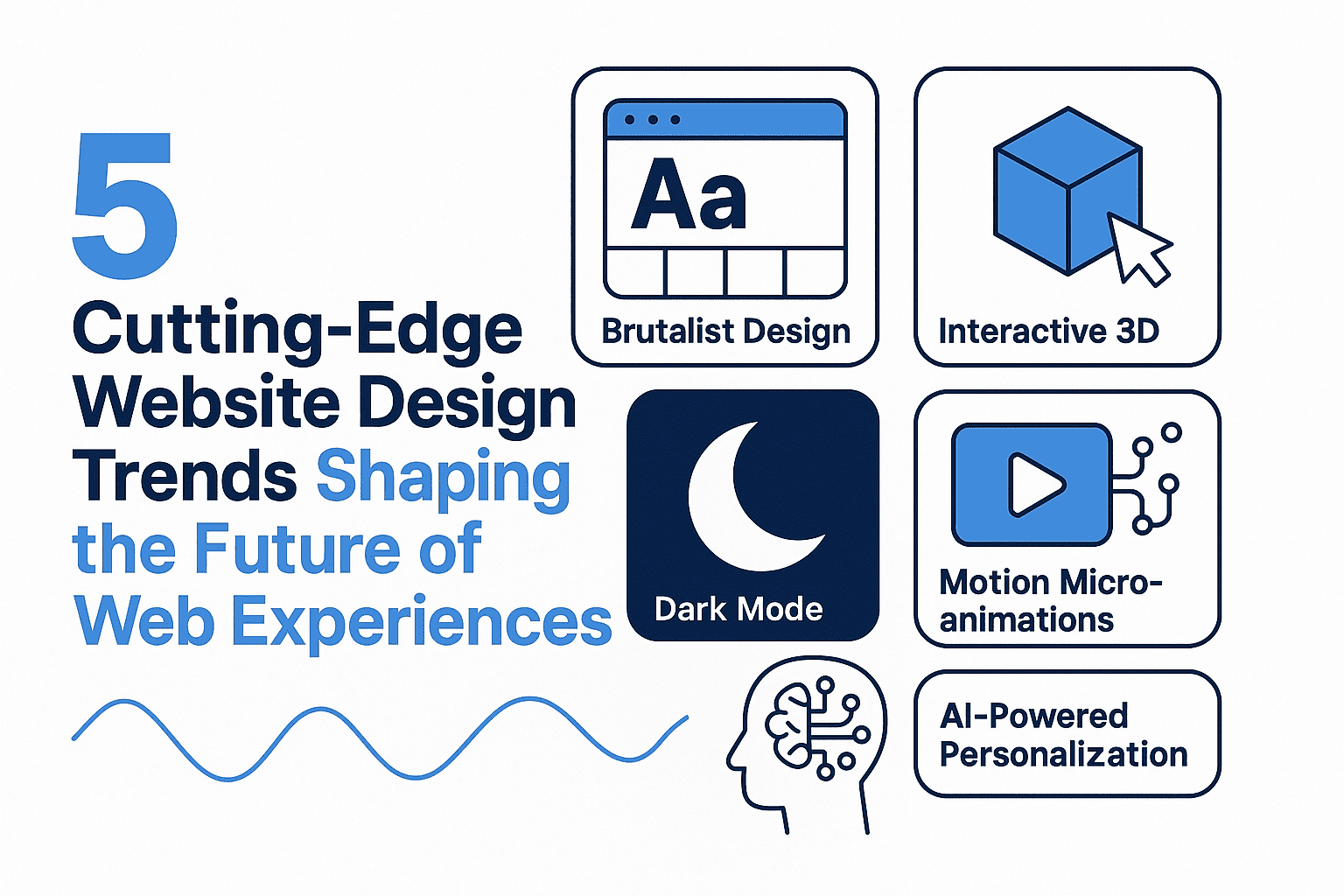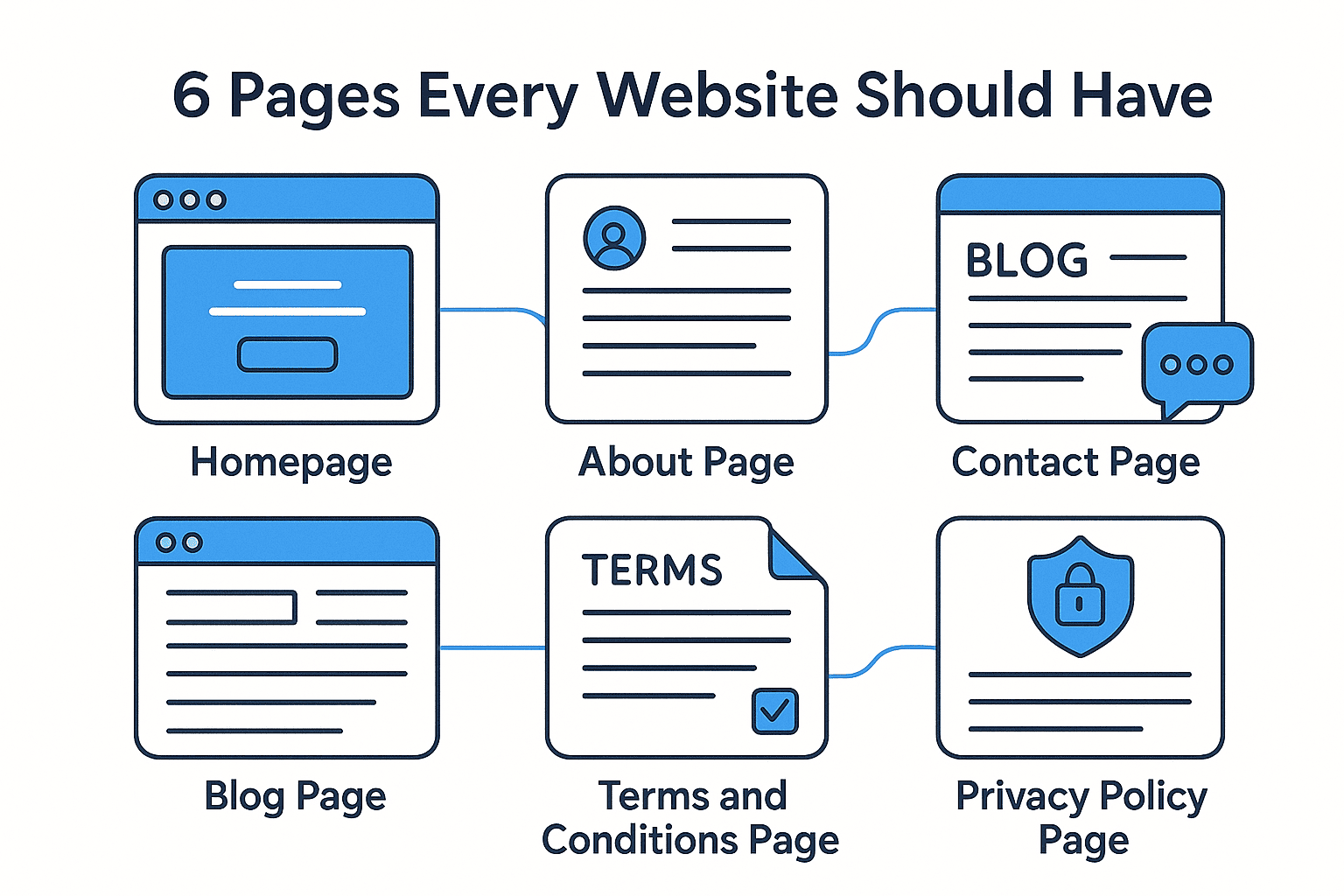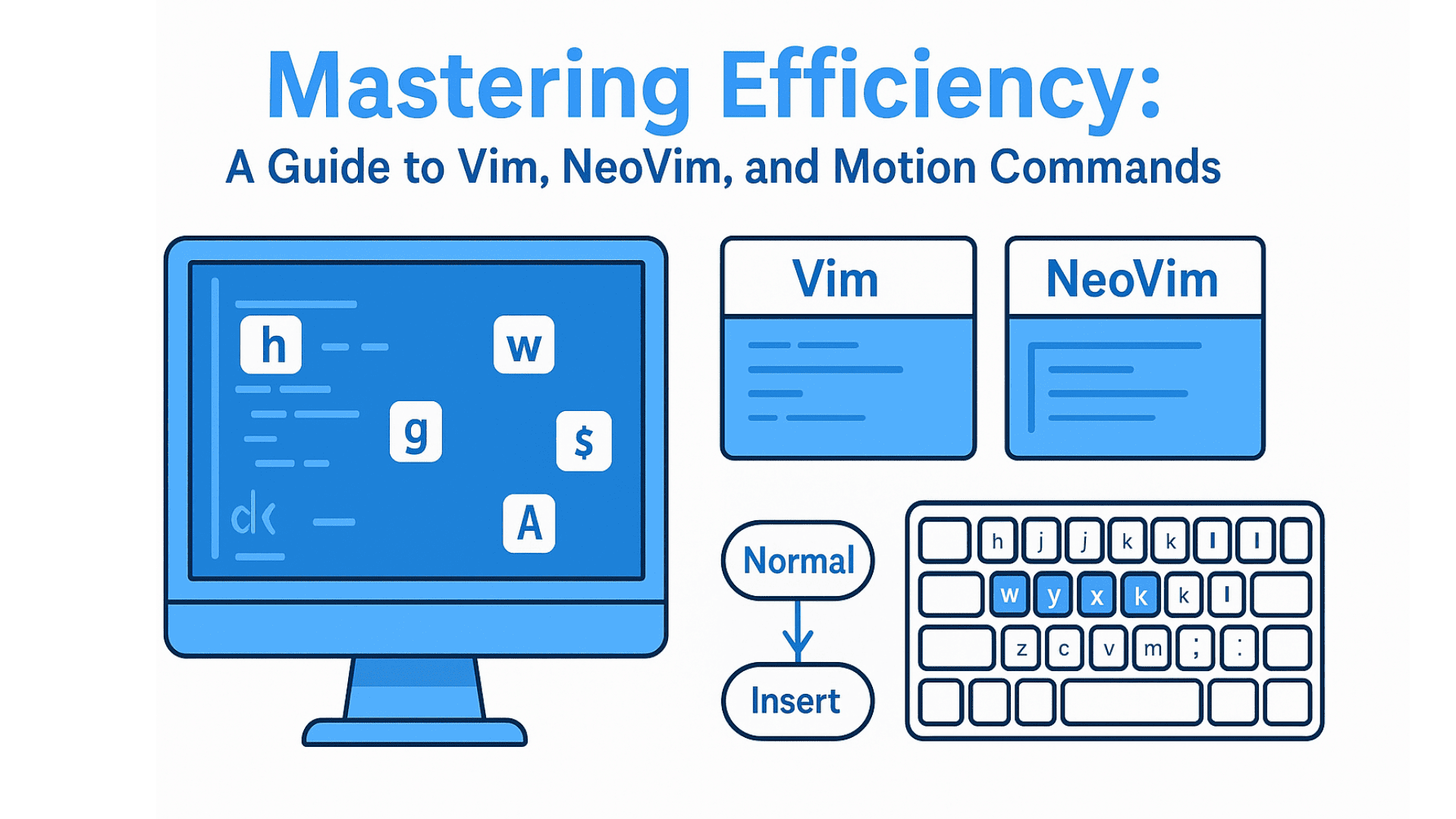The world of web design is constantly evolving, and 2024 has brought a fresh wave of innovative trends that blend aesthetics with functionality. From raw, unapologetic minimalism to AI-driven personalization, designers are pushing boundaries to create immersive and intuitive digital experiences. Let’s dive into five key trends that are redefining how we interact with websites today.
1. Brutalist Design: Raw, Bold, and Unfiltered
Brutalism, originally a design movement in architecture known for its stark, unembellished aesthetic, is making a powerful return to web design. This trend embraces simplism, minimalism, and a rejection of superfluous visuals, favoring unadorned typography, monochrome color palettes, and functionality over flash. Brutalist websites often feature high-contrast text, grid-based layouts, and a lack of decorative elements, creating a sense of honesty and clarity.
Why it’s trending: Brutalism resonates with users who crave authenticity in a world of overwhelming digital noise. It’s not about being flashy, it’s about being direct and unapologetic. Think of Cory Arcangel’s portfolio (https://www.coryarcangel.com) as a modern-day example of brutalism in action. The site’s stark white background, bold typography, and lack of filters or gradients make it feel like a digital manifesto.
2. Interactive 3D: Turning Static Pages into Digital Worlds
The rise of immersive technology has brought interactive 3D elements to the forefront. Websites are no longer just flat screens, they’re becoming explorable environments, where users can rotate, zoom, and interact with 3D models of products, data visualizations, or even entire worlds. This trend is especially popular in e-commerce, design portfolios, and educational platforms, where 3D interactivity enhances engagement.
Why it’s trending: Interactive 3D transforms passive browsing into active exploration, making complex information more digestible. Think of a product catalog where users can "touch" an item or a data dashboard that lets you spin 3D charts.
My take: As someone experimenting with this trend, I’ve built sites like https://bee.abdulkadersafi.com and https://earth.abdulkadersafi.com, where 3D environments respond to user input. These projects use tools like Three.js and Blender to create seamless, immersive experiences. While it requires technical know-how, the payoff is a website that feels alive and dynamic.
3. Dark Mode Everything: The New Default
Dark mode has evolved from a niche preference to a design standard, embraced for its readability, reduced eye strain, and sleek modern aesthetic. While some platforms (like macOS) have made dark mode optional, many sites now adopt it as the default interface.
Why it’s trending: Dark mode aligns with the growing emphasis on user well-being and accessibility. It’s also a nod to the rise of mobile-first design, where dark backgrounds reduce screen glare. Websites like https://www.dsrpt.com.au/ and https://abdulkadersafi.com/ showcase how dark mode can balance sophistication with functionality.
Pro tip: Don’t forget to offer users a toggle for light/dark mode, flexibility is key in today’s design landscape.
4. Motion Micro-Animations: Subtlety with Impact
Micro-animations are the unsung heroes of modern UX design. These tiny, purposeful movements, such as button hovers, scroll-triggered transitions, or loading indicators, add personality to a site without overwhelming users. They guide attention, enhance usability, and make interactions feel more natural.
Why it’s trending: Studies show that micro-animations can improve user engagement by up to 30% (according to UX design benchmarks). Sites like https://stripe.com and https://figma.com use these animations to make their interfaces feel responsive and alive.
Key takeaway: Motion isn’t about glittery effects, it’s about intent and intentionality. A subtle bounce on a button or a smooth scroll reveal can make all the difference.
5. AI-Powered Personalization: Websites That Know You
AI is transforming static websites into intelligent platforms that adapt to users in real time. By analyzing browsing behavior, preferences, and past interactions, AI can deliver customized content, product recommendations, or even dynamic layouts.
Why it’s trending: Personalization is no longer optional, it’s expected. Platforms like Netflix (https://www.netflix.com) use machine learning to curate content, while e-commerce sites leverage AI for product suggestions. The result? A more engaging and relevant user experience.
My experiment: I’ve started experimenting with chatbots and recommendation engines on my own projects, using tools like ChatGPT and ML models to tailor content based on user input. It’s a powerful way to make websites feel more human and less mechanical.
Embracing the Future of Web Design
As developer, our goal is to balance aesthetic appeal with functional usability, and these five trends reflect that evolution. Brutalist design challenges us to strip away the noise, 3D interactivity pushes the boundaries of immersion, dark mode prioritizes user well-being, micro-animations add soul to UIs, and AI personalization redefines relevance.
Whether you’re experimenting with 3D environments or tweaking your site’s color palette, the key is to stay curious and adaptable. The future of web design isn’t just about looking better, it’s about feeling smarter, more intuitive, and deeply connected to the user.
What trend fits your vision best? Contact me today and let’s bring it to life in your next project.



